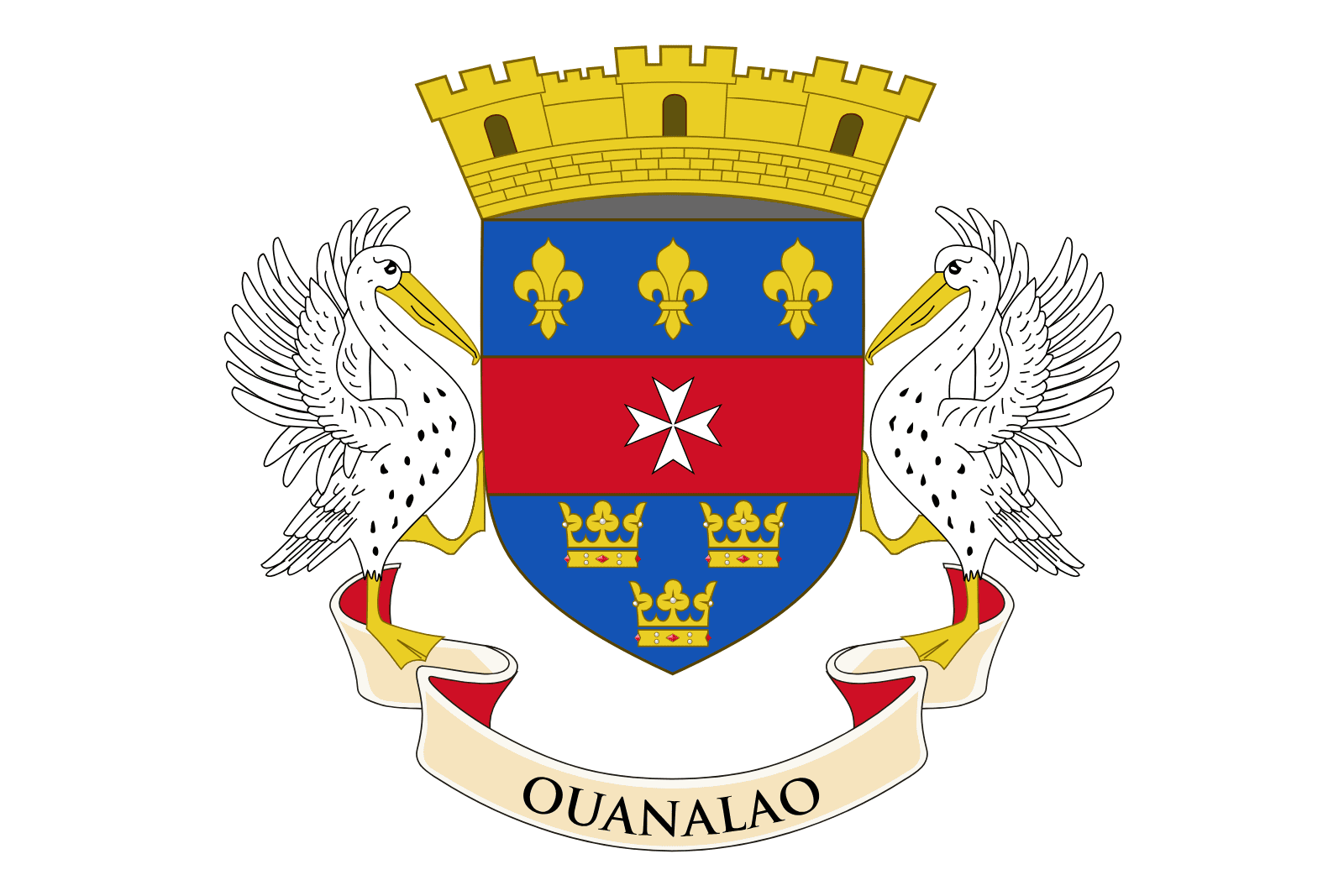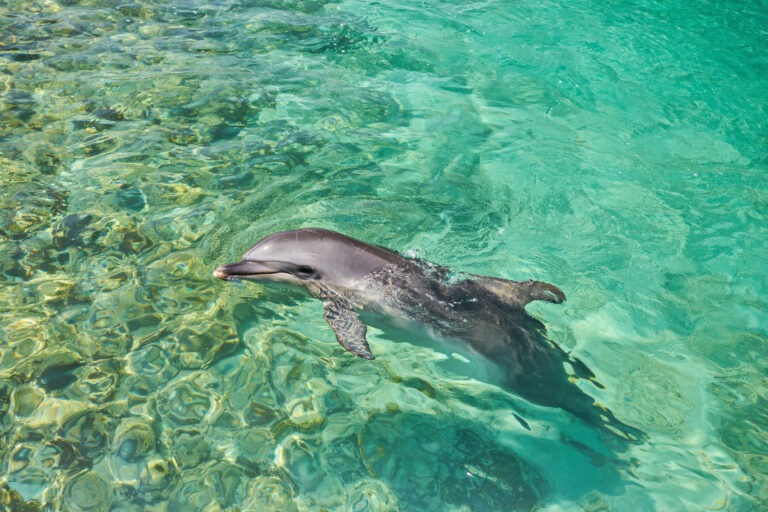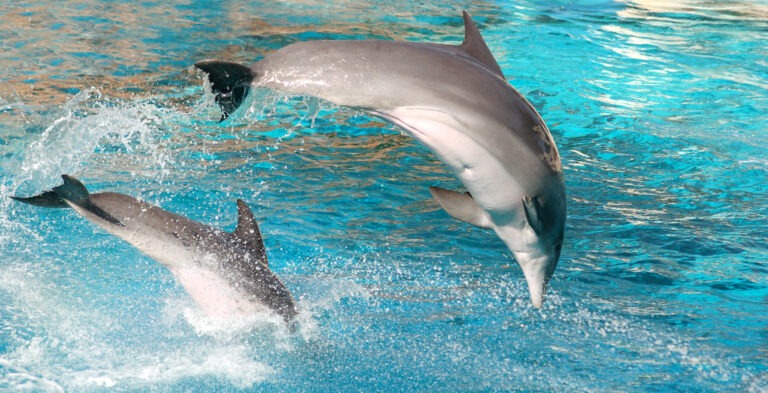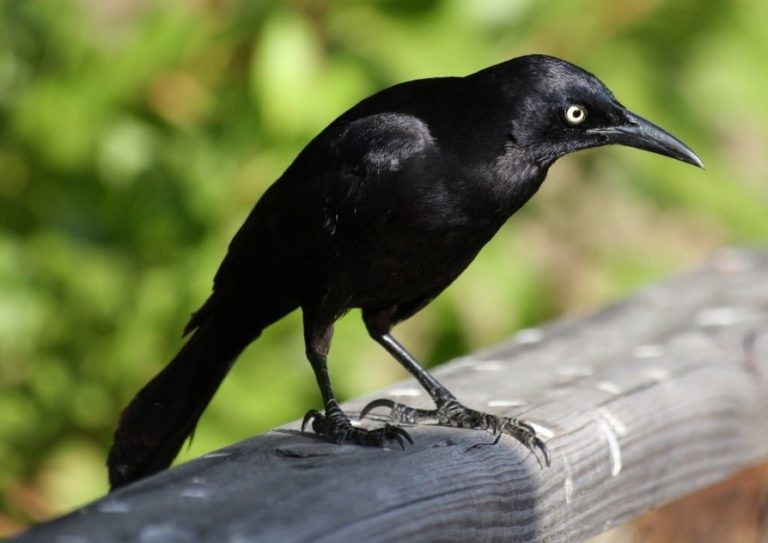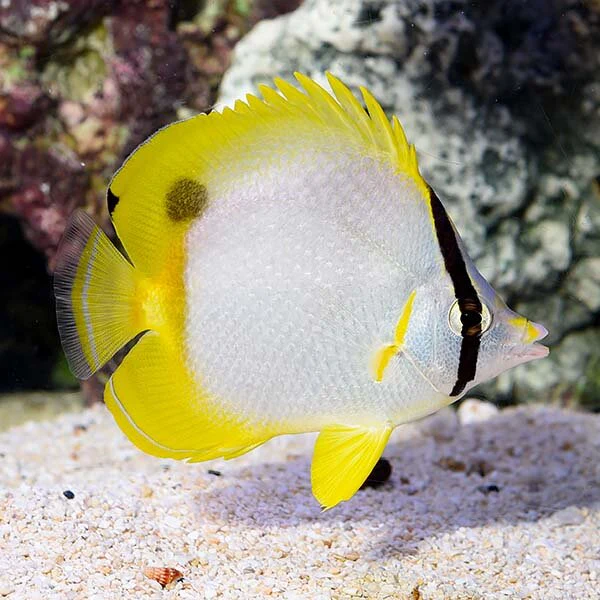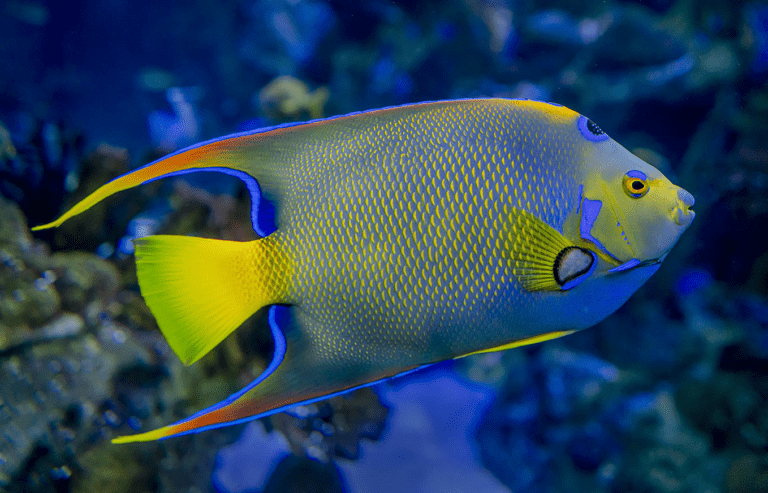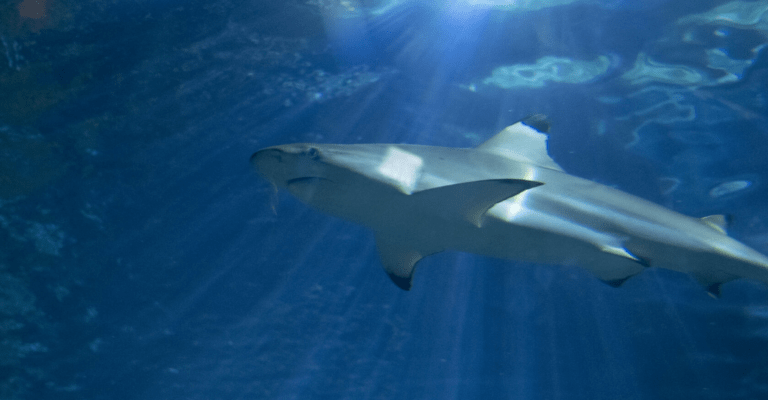Hawksbill Turtles in St Barth
The Hawksbill turtle (Eretmochelys imbricata) is a critically endangered species found in the waters around St. Barthélemy (St. Barth). These turtles are known for their striking appearance and vital role in maintaining the health of coral reef ecosystems.
Characteristics of Hawksbill Turtles:
- Appearance:
- Shell: Hawksbill turtles have a distinctive shell with overlapping scales, giving it a serrated look. The shell is often beautifully patterned with shades of amber, brown, and gold.
- Head: They have a narrow, pointed beak resembling that of a hawk, which allows them to access food in crevices of coral reefs.
- Size: Adult hawksbill turtles typically grow to about 2.5 to 3 feet in length and weigh around 100 to 150 pounds.
- Diet:
- Sponges: Hawksbill turtles primarily feed on sponges, which are abundant in coral reefs. Their diet also includes jellyfish, sea anemones, and other invertebrates.
- Role in Reef Health: By consuming sponges, they help prevent these organisms from overgrowing and suffocating corals, thus maintaining a healthy balance in the reef ecosystem.
Habitat and Behavior:
- Reef Dwelling: Hawksbill turtles are commonly found in and around coral reefs, rocky areas, and lagoons.
- Nesting: They nest on sandy beaches, with females returning to the same beaches where they were born to lay their eggs. In St. Barth, nesting usually occurs during the warmer months.
- Migratory Patterns: Hawksbill turtles are highly migratory, traveling long distances between feeding grounds and nesting sites.
Conservation Status:
- Critically Endangered: Hawksbill turtles are listed as critically endangered due to a significant decline in their population over the years.
- Threats:
- Illegal Trade: The beautiful shell of the hawksbill turtle has been highly prized for making tortoiseshell products, leading to extensive poaching.
- Habitat Loss: Coastal development, pollution, and climate change are major threats to their nesting and feeding habitats.
- Bycatch: Incidental capture in fishing gear poses a significant threat to their survival.
Conservation Efforts in St. Barth:
- Protected Areas: Marine protected areas (MPAs) help safeguard important feeding and nesting sites from human activities.
- Nesting Site Protection: Efforts to protect nesting beaches include monitoring nests, reducing artificial lighting, and restricting access during nesting season to minimize disturbances.
- Education and Awareness: Programs aimed at educating locals and visitors about the importance of hawksbill turtles and the threats they face help promote conservation efforts.
- Regulations and Enforcement: Strong laws and regulations, along with enforcement against illegal trade and poaching, are crucial for their protection.
Viewing Hawksbill Turtles:
- Snorkeling and Diving: Hawksbill turtles can often be seen while snorkeling or diving around the coral reefs of St. Barth. Observing these turtles in their natural habitat is a memorable experience.
- Respectful Interaction: When encountering hawksbill turtles, it’s important to keep a respectful distance, avoid touching or chasing them, and follow guidelines to minimize impact on their natural behavior.
In summary, hawksbill turtles are a critical and enchanting part of the marine environment in St. Barth. Their conservation is essential for the health of coral reefs and the broader marine ecosystem. Ongoing efforts to protect these turtles and their habitats are vital to ensuring their survival for future generations.

